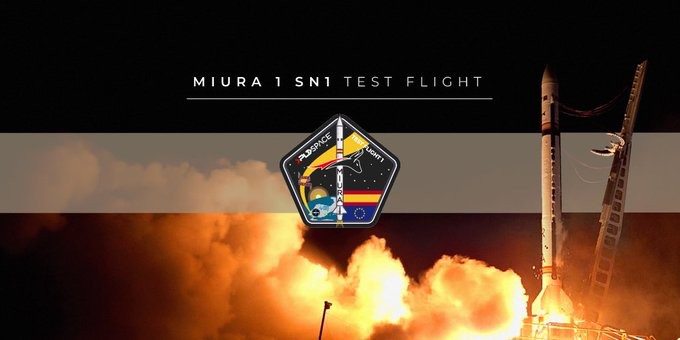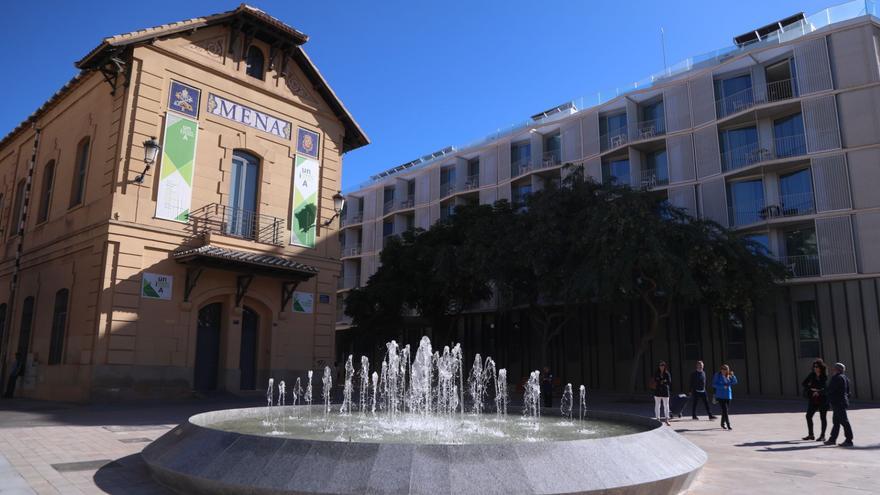Digital Aviation, Sp. The Spanish company PLD Space announced that it plans to carry out the MIURA 1 launch attempt on Saturday October 7, 2023 02:00 CET (00:00 UTC) From its base at the INTA facilities, at the experimental center “El Arenosillo” (Huelva).
The PLD space has enabled the page drop With all the details of the mission, which will be updated with audio-visual materials and documents in real time:
date and time From launch
– Launch window: October 7 02:00 AM to 10:00 AM CET (00:00 AM to 08:00 AM UTC)
– Launch time T-0: 07 October 02:00h Central European Time (00:00 UTC)
Where to see the launch in person
The MIURA 1 launch can be seen in person Unique and exclusive From the beach Parador de Mazagonwhich can only be accessed from the Parador de Mazagón Playa stop (Camino la Guijarrosa, 359, 21130, Huelva).
Security measures
To ensure safe operations, PLD Space and authorities at land and sea level have adopted a series of measures Security measures Which blocks access to CEDEA, CTM Médano del Loro, the Cuesta Maneli car park and access to the beach from Cuesta Maneli and Playa del Asperillo.
In addition, The section of the A-494 motorway will be closed It will have Civil Guard observation points.
How to watch the launch live
MIURA 1 will be launched in PLD space facilities at the Arenocello Experiment Center (CEDEA) at INTA (Helva) It can be watched live on: https://www.youtube.com/@PLDSPACE/streams
The broadcast will begin on Saturday October 7 in 01:00 CET (Friday, October 6, 11:00 PM UTC) approximately, T-60 minutes from launchIt will be presented by Roberto Palacios, MIURA 5 systems engineer, and Sara Poveda, from the PLD Space management and finance team and the company’s first employee.
Task details
PLD Space’s MIURA 1 SN1 technology demonstration flight will serve as a landmark Launching the first private rocket in Europe. The primary goal of this first task is to allow for PLD space Collect as much data as possible during flight in order to validate design, technology and operations Which will later be transferred and integrated into the MIURA 5 orbital launch pad, which is currently under development.
As for the payload, this first mission carries A Experiment of the German Center for Applied Space Technology and Microgravity (ZARM)which aims to study microgravity conditions.



:quality(70)/cloudfront-us-east-1.images.arcpublishing.com/metroworldnews/NSFU35TSMBGFZORHUECOKXT2MU.jpg)

